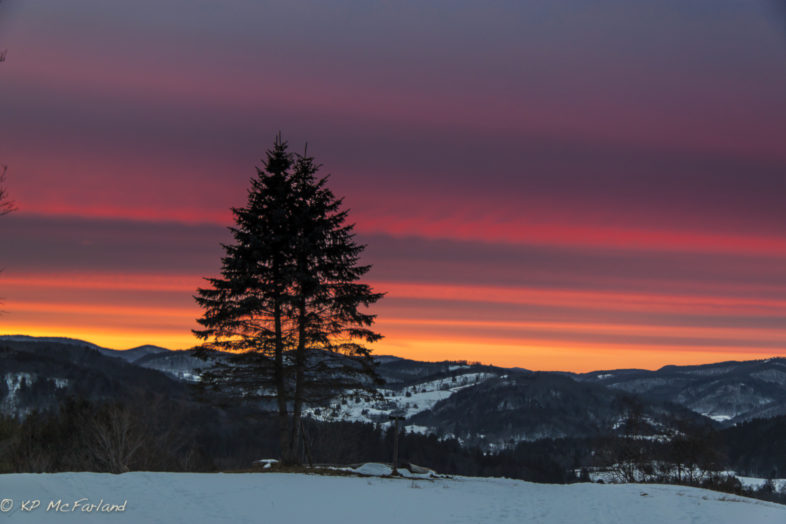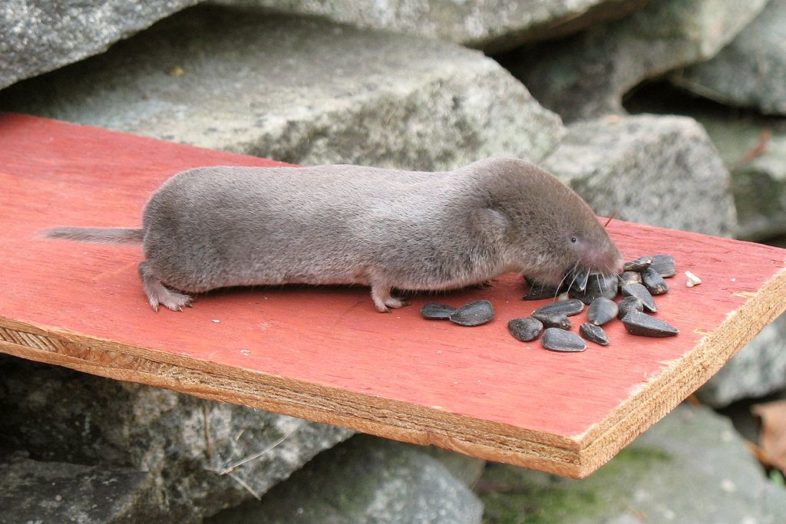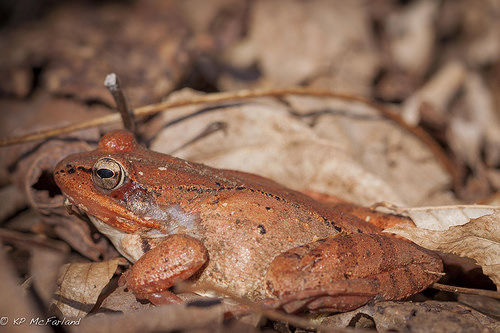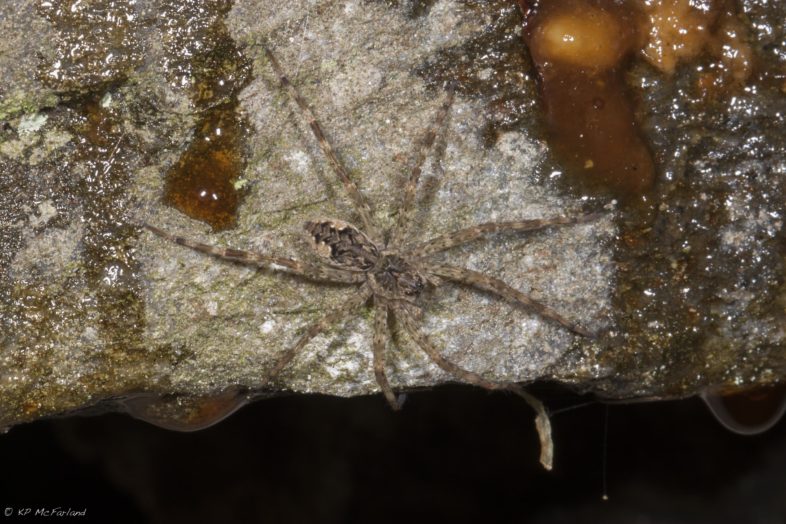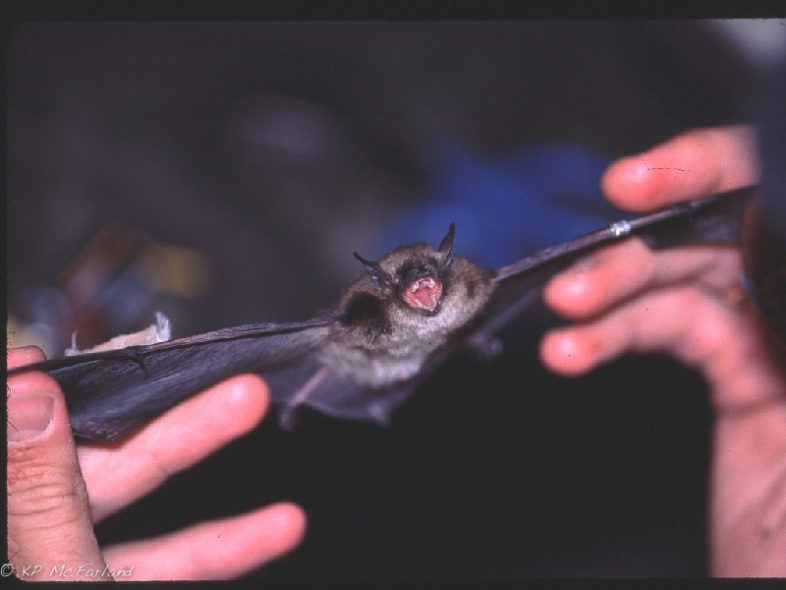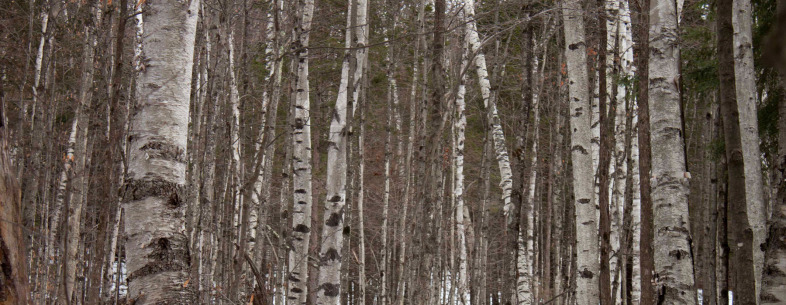Fear not, during these short days and long nights of December, we’re still finding plenty of life. Once we pass the winter solstice, which is at 5:44 AM on December 21st here in the Northern Hemisphere, more light will begin to creep back into our lives. Until then, here’s some wintry natural history to keep you going.
Icy Romance
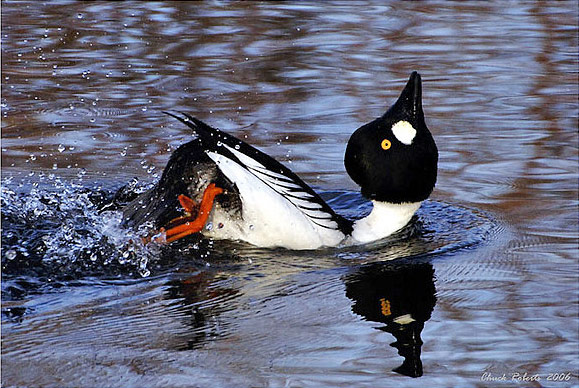
One of the signature moves by a male Common Goldeneye is the “head-throw-kick.” While paddling near females, he’ll thrust his head forward for a moment, then jerk it backwards so that his nape touches his rump and his bill points skyward. Finally, he utters a weird grating call and whips his head forward while kicking water outward with his feet.
The drama begins each morning in the frigid waters of Lake Champlain and other cold places across North America: Common Goldeneyes are getting hot. These perky ducks bob and dive, lunge and flutter, cavort and compete. Three months before our woods will glow with a rainbow of migrating songbirds, ducks are already courting – proof that icy water doesn’t necessarily put a chill on carnal desire. VCE research associate, Bryan Pfeiffer shares the whole duck love story on his blog.
A Voracious and Venomous Mammal
Northern Short-tailed Shrews (Blarina brevicauda) are a common small mammal in northern deciduous forests. Weighing a mere ounce and just four inches long, they pack an interesting bite. They’re venomous. These voracious insectivores have chemistry on their side.
Their saliva contains venom that paralyzes its prey. Its strong enough to kill another small mammal and cause a fairly painful, though far from lethal, bite to a human. The venomous saliva is secreted from glands through a duct which opens at the base of the lower incisors, where the saliva flows along the groove formed by the two incisors. As they bite and chew, the venom seeps into the prey.
They have many behavioral and physical adaptations to survive the winter, They build elaborate lined nests, hoard energy-rich food, and forage under the leaf litter and snow when the temperatures allow and stay in the nest when the thermometer dips. They eat >40% more food in winter than in summer, as they increase their metabolism to ward off the cold. Body heat is generated from brown fat, which has a unique protein that allows energy to dissipate as heat.
Frog-sicles
Most are now frozen, a frog-sicle. But in a few months, they’ll croak up a storm in the pond, back from the frozen, the nearly dead. How do they do it?
In late autumn ice began to form inside the bodies of Wood Frogs. Glucose levels increase in their blood by as much as 200-fold in just eight hours, creating an antifreeze that preserved their tissues and organs through the long winter The ice penetrated throughout their abdominal cavity encasing all the internal organs. Large flat ice crystals formed between the layers of skin and muscle, and frozen lenses made their eyes white like zombies. Their blood stopped flowing. As much as 65% of the frog’s total body water was locked in ice. Breathing, heartbeat, and muscle movements all stopped. The frozen frogs are in a virtual state of suspended animation. They’re nearly-dead.
A Spider’s Winter
Spiders are “poikilothermic,” meaning their body temperatures generally track those of their environment. How do they survive the winter cold? Many spiders, as many as 85% of the temperate species, go dormant for the winter, hunkering down below the leaf litter. Their metabolism slows, their legs draw up tight against their body to conserve heat and moisture, and they wait it out. They can go months without a meal. Some species may remain active, while others may lay eggs and die. Read Susan Hindinger’s essay on our blog about how the “eight legs” make it through a New England winter.
To the bat cave!
One of the nine species found in Vermont, the Little Brown Bat (Myotis lucifigus) was once abundant throughout the Northeast. It can still be found in Vermont, but it is now listed as an Endangered species. During warmer months (April-October) this bat is often found in urban and suburban settings: homes, attics, garages, even under shingles. But during winter, it’s a different story. Though they will sometimes overwinter in attics, these bats usually spend the colder months in caves. Before White Nose Syndrome ravaged their populations, there were 30 known hibernacula (places of shelter for hibernating animals) in Vermont.
As the weather cools, these bats begin to congregate and can be found in dense clusters on the walls and ceilings in the far recesses of caves. There they stay, in a state of torpor, for the remainder of the winter. Fat reserves provide the energy necessary their stay, and during these months they will drop their body temperature, metabolism, and heart rate so as not to expend stored fat. Normally inactive during this time, they will sometimes awaken, especially if the weather warms or if disturbed, thereby depleting some of their energy reserves. By the time spring arrives, many bats will have lost up to half of their body weight. As the weather warms and their food source (insects) becomes more abundant, they begin to venture out, consuming up to 1,200 insects an hour.
Paper Birches
Paper birches are beautiful in winter. But many people don’t realize that two species of paper birch trees grow in northeastern North America – Paper or White Birch (Betula papyrifera) and Heart-leaved Paper Birch (B. cordifolia), once considered a variety of White Birch. As its name suggests, the latter species has distinctive heart-shaped, many-veined leaves, and it is restricted to mid- to high-elevation Appalachian and northern forests.
The primary means of distinguishing Heart-leaved Paper Birch from White Birch include:
- The leaf base is heart-shaped (cordate)
- Its leaves are dotted with resin glands
- Young shoots are not hairy
- A bronze or pinkish inner bark shows when the outer bark peels (good field mark in winter!)
- It is genetically diploid (28 chromosomes), making it unlikely that these two species will readily hybridize. (not very helpful in the field!)
We know surprisingly little about the exact range of these two species. How low in elevation does Heart-leaved Paper Birch grow? How high does White Birch climb into the mountains? Do their ranges overlap in some areas? And how will these species respond to climate change, or have they already? Observers adding records to iNaturalist Vermont, a project of the Vermont Atlas of Life, are helping to map these (Heart-leaved Paper Birch map versus White Birch map) and many other species. We hope you will add your observations too.
